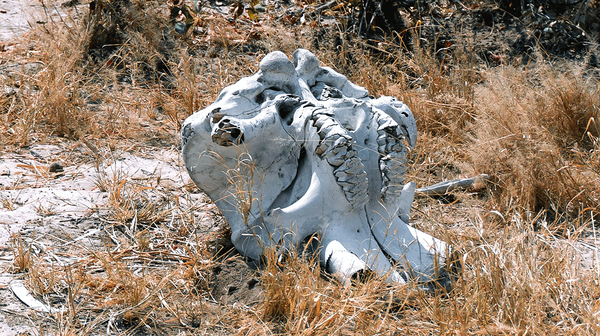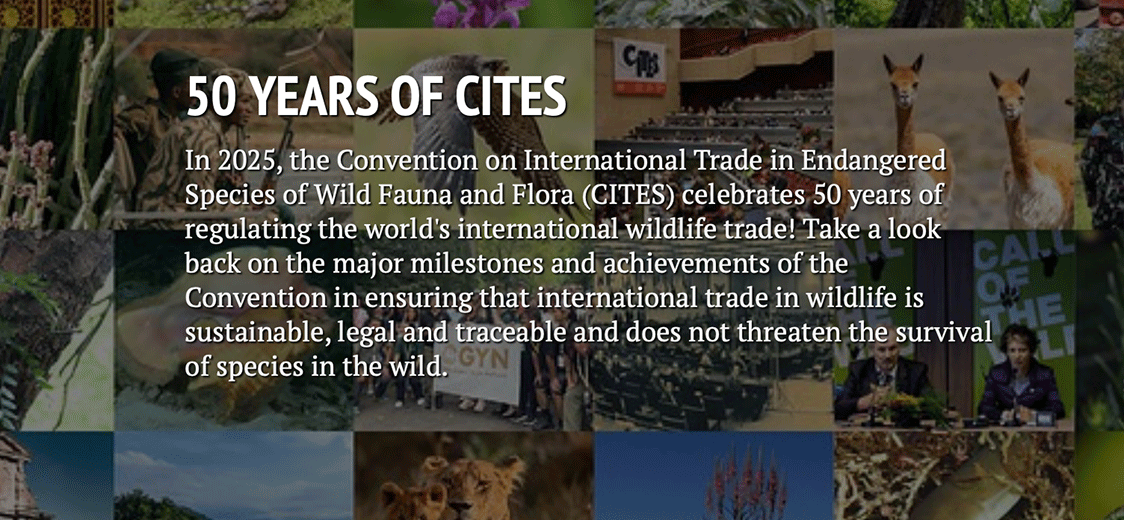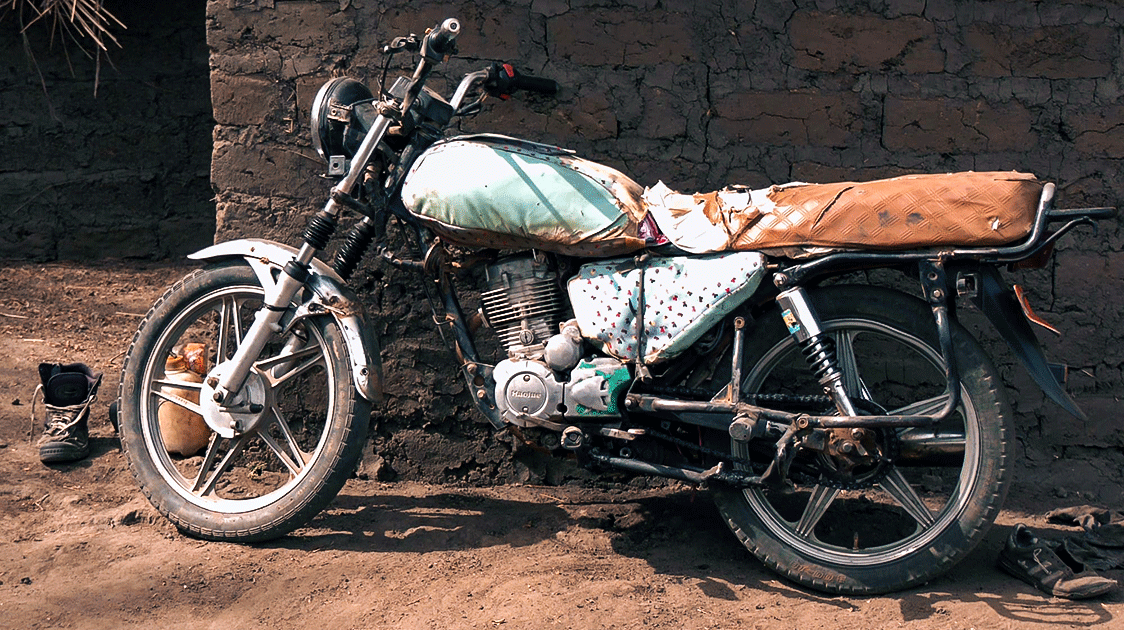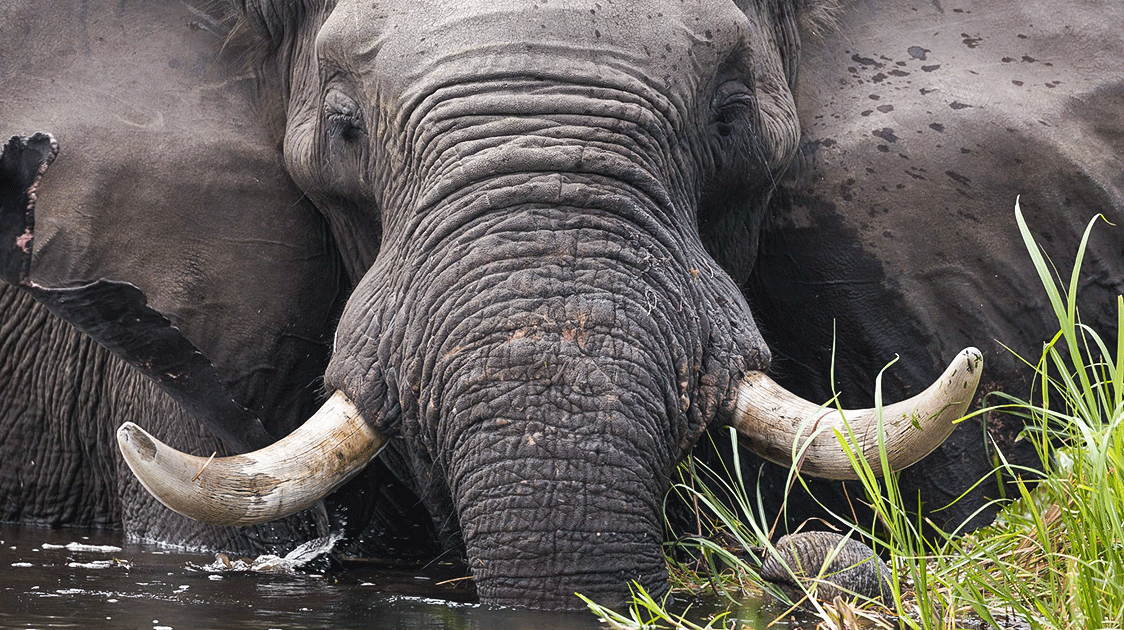PATROL - VOLUME 27
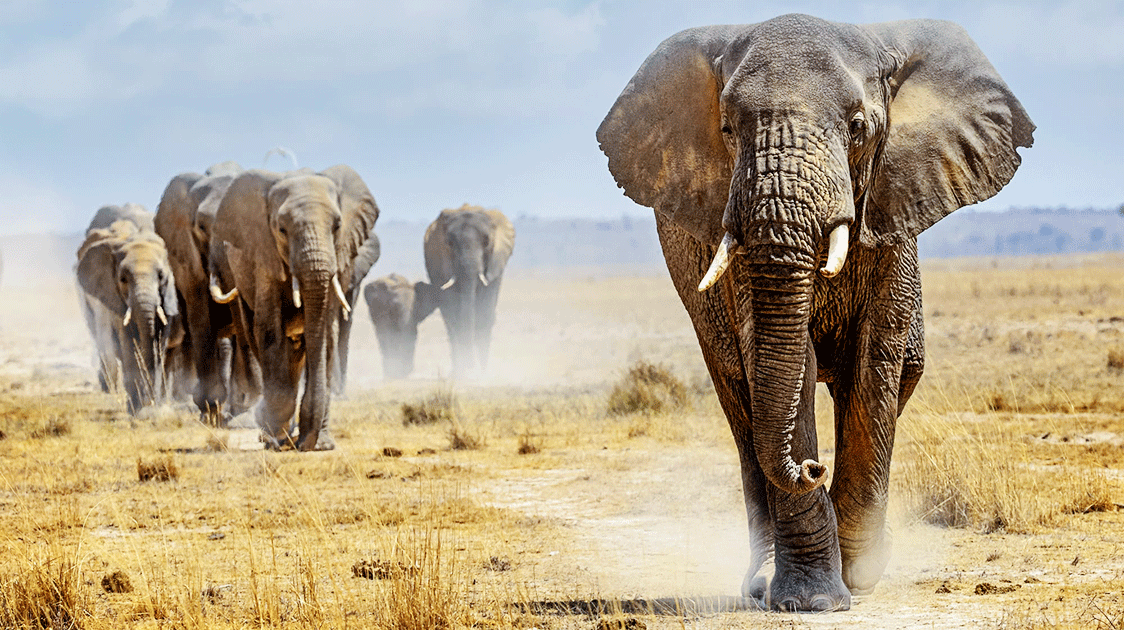
The Correlation Between Poaching and Culling
When Ted Davidson, the park's first warden, arrived in Hwange in 1922, he realized that the provision of water was the key factor in the park's development. The region is semi-arid, with an average annual rainfall of around 25 inches, most of which falls between November and March.
By July each year, most natural waterholes dry up in all but exceptionally wet seasons. Water-dependent game animals were forced to leave the park, and conflict was inevitable with a rapidly increasing human population bordering the park.
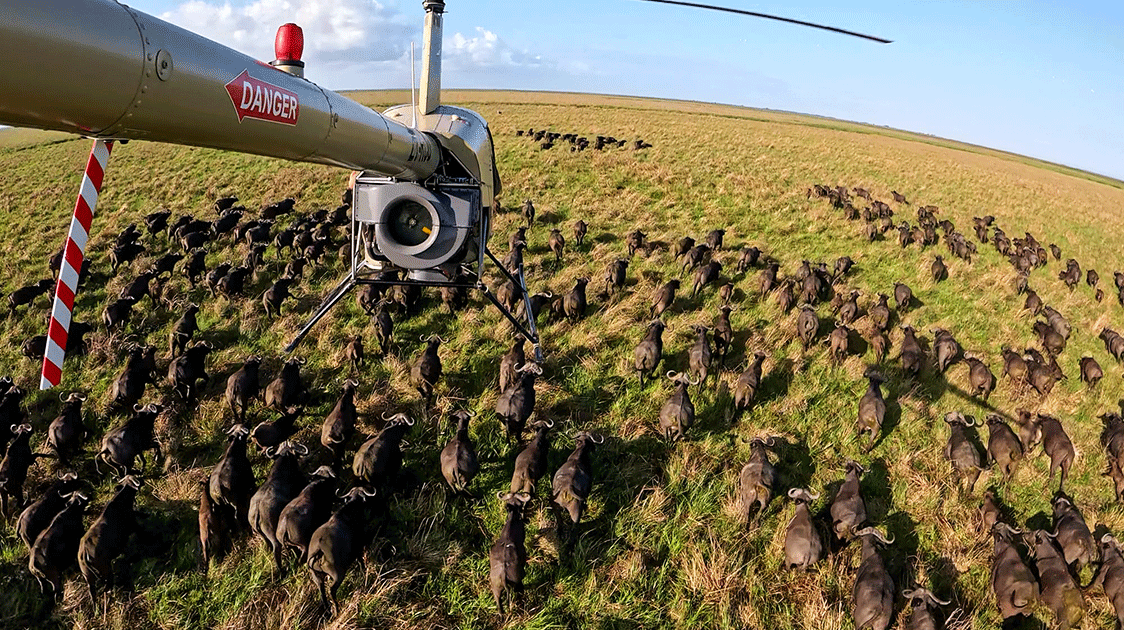
Humble Anti-Poaching Beginnings (5:30-minute Video)
Zambeze Delta Safaris took over Coutada 11 in Mozambique 30 years ago. The country was emerging from a bitter and bloody civil war, and the wildlife in the region had all but been obliterated.
Mark Haldane, his professional hunters, and a small anti-poaching team went to work on rehabilitating the area.
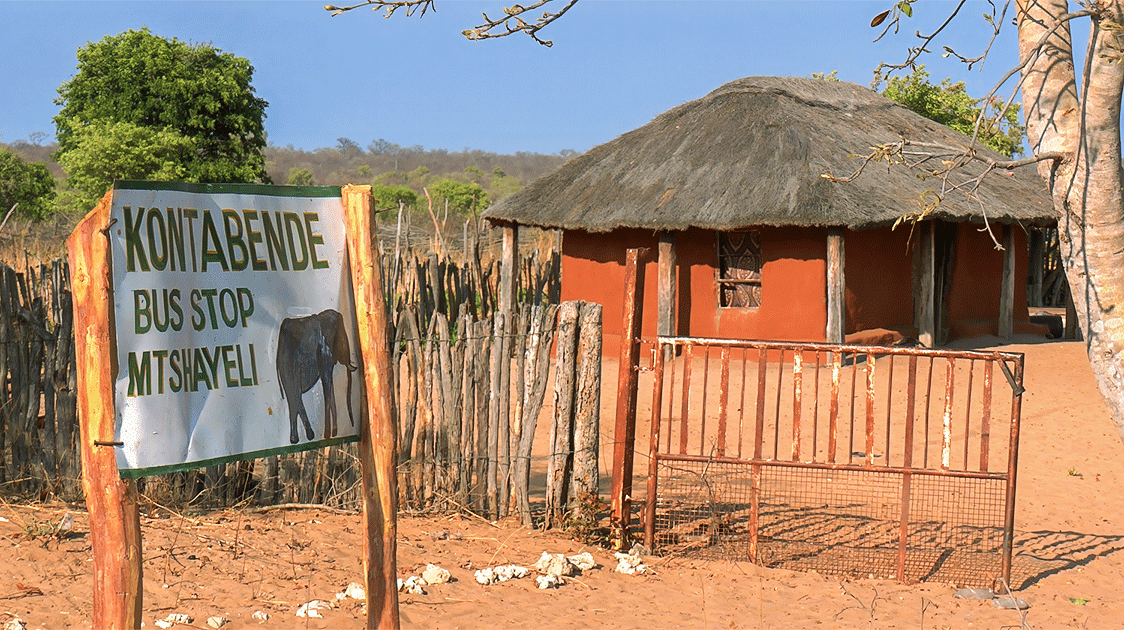
The “SAFE” Approach to Human-Wildlife Conflict
Human-wildlife conflict can be defined as any interaction between humans and wildlife that negatively impacts human social, economic or cultural life on the conservation of wildlife populations or the environment.
Current strategies revolve around "resolving "and "mitigating" conflict.
This approach is either too simplistic or short-sighted or addresses only a part of the problem and specific times of a conflict event.
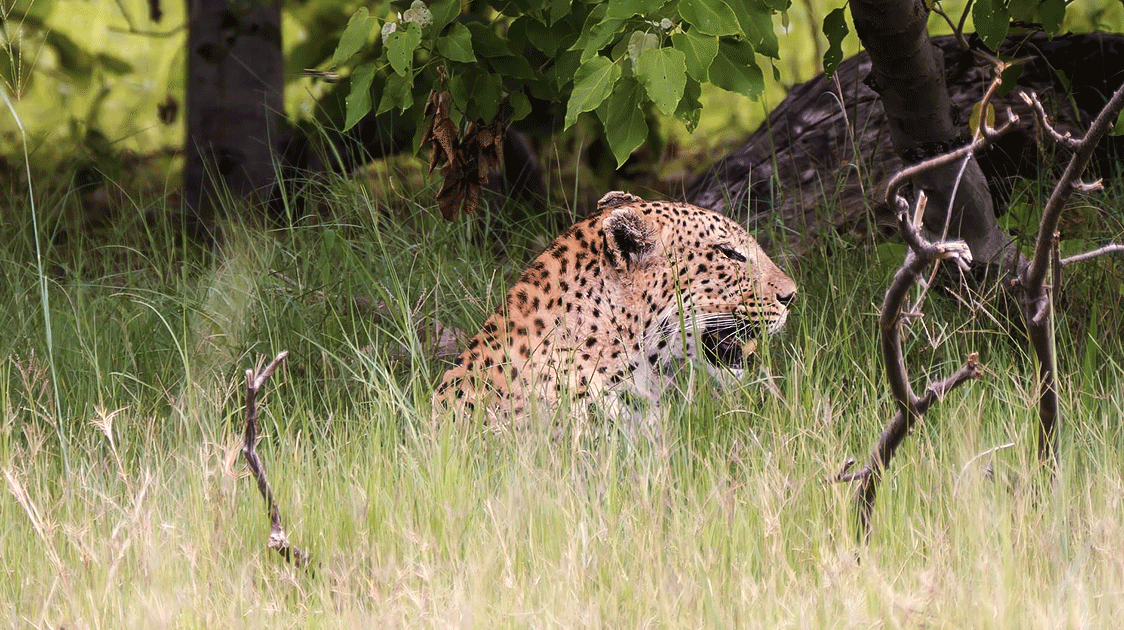
Protection Through Bio-Boundaries (5:30-minute Video)
Botswana Predator Conservation’s Bio-Boundary Project is developing new ways of mitigating human-predator conflict by using artificial equivalents of natural chemical signals to keep predators away from livestock or safely inside protected wildlife areas.

